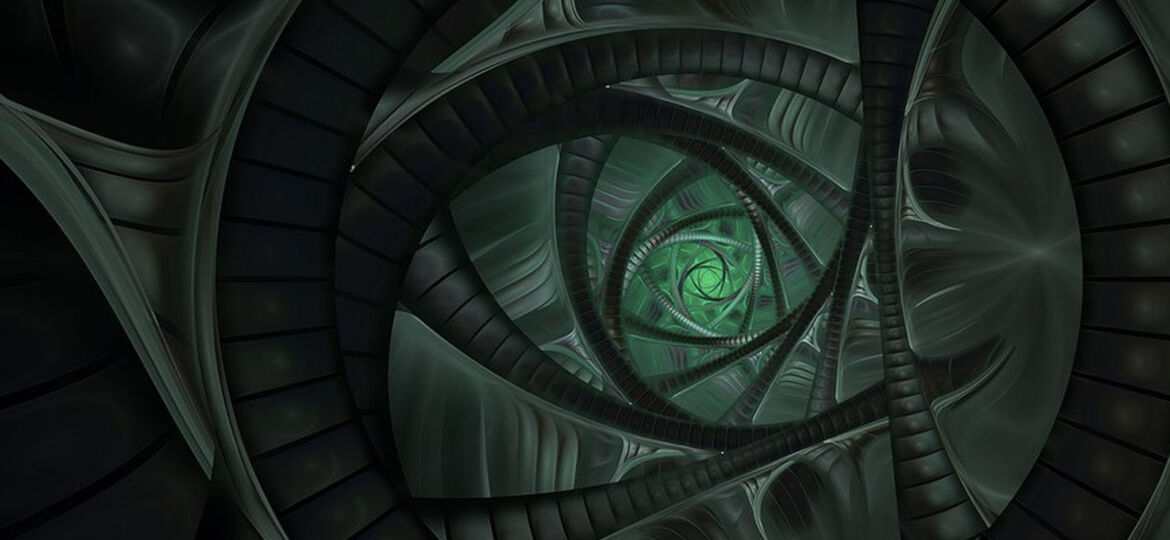
WHY THIS MATTERS IN BRIEF
As scientists continue to push the boundaries of brain computer interfaces we’re getting closer to creating a human hive mind.
Recently a team in the US managed to prove that they could use a matrix style technology to upload knowledge directly to the human brain, and now another team of researchers have managed to create an electronic link between the brains of two rats, and demonstrated that signals from the mind of one can help the second solve basic puzzles in real time – even when those animals are separated by thousands of miles.
In the experiment an “Encoder” rat based in Natal, Brazil, trained in a specific behavioural task, presses a lever in its cage it knows will earn it a reward and an implant in its brain records activity from the rat’s motor cortex and converts it into an electrical signal that is delivered via an electronic neural link to the brain implant of a second “decoder” rat.
This is where things get interesting.
Rat number two is in an entirely different cage. In fact, it’s in North Carolina. The second rat’s motor cortex processes the signal from rat number one and – despite being unfamiliar with the behavioural task the first rat has been conditioned to perform – uses that information to press the same lever.
The experiment, the results of which are published in Scientific Reports, was led by Duke University neuroscientist Miguel Nicolelis, a pioneer in the field of Brain to Computer Interfaces (BCIs). Back in 2011, Nicolelis and his colleagues unveiled a BCI interface that was capable of creating a bi-directional link between a brain and a virtual body that let a monkey not only mentally control a simulated arm, but receive and process sensory feedback about tactile properties like texture, then, soon afterwards, his team unveiled a BCI that enabled rats to detect normally invisible infrared light via their sense of touch.
But an intercontinental “mind meld,” a brain to brain interface between two live rats, one that enables realtime sharing of sensorimotor information, is something new. It’s a scientific first, and while it’s not telepathy, per se, it’s certainly something close. Neither rat was necessarily aware of the other’s existence, for example, but it’s clear that their minds were, in fact, communicating.
“It’s not the Borg,” said Nicolelis.
What he has created, he says, is “a new central nervous system made of two brains,” and the said nervous system is far from perfect. Untrained decoder rats receiving input from a trained encoder partner only chose the correct lever around two thirds of the time. That’s definitely better than random odds, but still a far cry from the 95% accuracy of the encoder rats.
What this two brain system does do, Nicolelis argues, is enable the rats to work with one another in unprecedented ways. And while neural communication between two animals on entirely separate continents is impressive in its own right, Nicolelis says the most groundbreaking application of this technology – a 3, 4, or n- mind “brain net” – is still to come.
“These experiments demonstrated the ability to establish a sophisticated, direct communication linkage between rat brains,” he said, “so basically, we are creating an organic computer that solves a puzzle.”

















[…] impossible idea but telepathy has already been demonstrated – both in humans, and rats, and even Elon Musk is thinking a bit about telepathy, albeit in the form of a Neural Lace. From […]